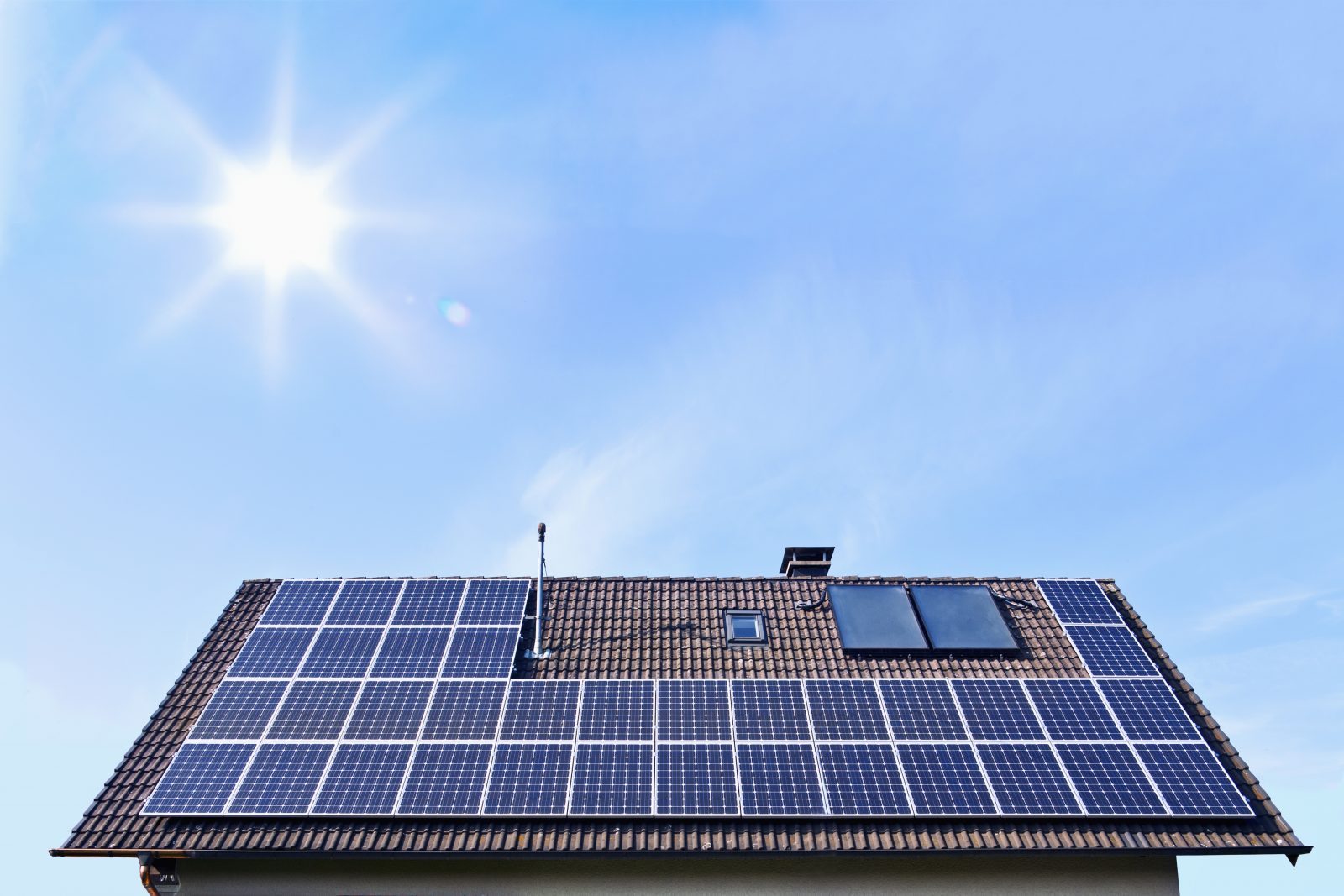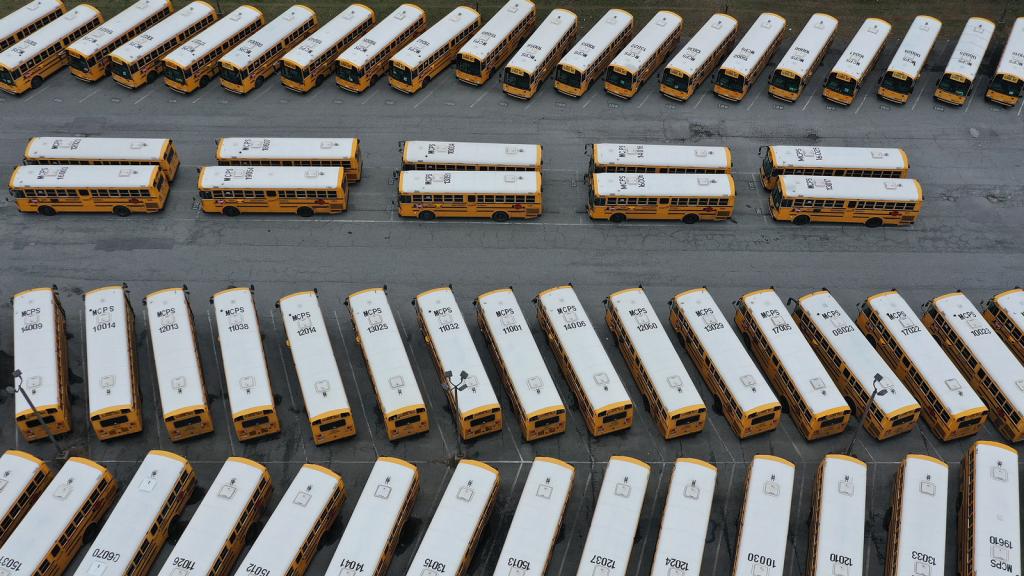Ruth Santiago is an attorney with a community and environmental-energy law practice in Puerto Rico, and is a member of the White House Environmental Justice Advisory Council.
American taxpayers are about to shell out $9.6 billion in disaster recovery funds to Puerto Rico to rebuild a 20th-century electricity grid that will fail in the next hurricane. It is a sun-drenched island, yet 97 percent of our energy comes from fossil fuels. It’s not what the people of Puerto Rico want or need, but FEMA has allocated the money to the Puerto Rico Electric Power Authority (PREPA), and large U.S. and Canadian corporations with a vested interest in maintaining this infrastructure are banking on the contracts.
As a member of the White House Environmental Justice Advisory Council, I was hoping President Biden’s administration would undo this Trump-era scheme, which will perpetuate injustice. Rather than continue centralizing electricity in an outdated, inefficient, and expensive transmission system, we need to generate renewable power at or near the point of use, such as with rooftop solar, and store it in batteries so that energy is localized. This way, the entire system isn’t brought down when one part of it is hit by a hurricane.
The conventional electric system provides what one might call “trickle-down energy.” Power is generated at centralized locations and distributed by high-voltage transmission lines that are suspended (sometimes just barely). Electricity is then carried long distances by towers and poles to substations, where it is sent through still more lines to homes and businesses. Overhead transmission is expensive and “undergrounding” that infrastructure is prohibitively costly.
Rooftop solar panels, on the other hand, are much more resilient. If one is damaged during a storm, it can be replaced much more easily and quickly than it takes to get an entire grid back up and running.
Last year, the National Renewable Energy Laboratory studied whether rooftop solar would be adequate for Puerto Rico and concluded that not only is it sufficient to power local areas, it reduces the overall amount of energy needing transmission and distribution. According to that study, Puerto Rico has the potential to produce four to five times as much solar than is needed to meet its current residential demand.
More than a decade ago, the University of Puerto Rico issued a study on energy alternatives on the island and called solar “the least environmentally intrusive.” Because Puerto Rico followed the Los Angeles model of development and urbanization, with housing sprawl and shopping malls, we have what we call “rooftop resource.” The report recommended generating power locally through solar and, in certain cases, creating microgrids, such as for high-rise buildings. More recently, Cambio PR and the Institute for Energy, Economics and Financial Analysis set out a detailed path to achieve 75 percent renewable power generation in 15 years.
This is a matter of life and death. After Hurricane Maria devastated the island in 2017 and left all 3.4 million residents without electricity, it took weeks to restore power; some mountainous areas were without it for an entire year. The official death toll stands at 2,975, but many believe the true number is much higher. Many of those deaths occurred after the storm, when people couldn’t access dialysis machines and other medical equipment, or had no way of refrigerating insulin or running respiratory nebulizers.
We’re already seeing the island divide into power haves and have-nots. Affluent communities are increasingly generating power locally via solar. Rather than pour more money into a doomed system, PREPA should use the federal relief funds to provide every resident, business, and institution in Puerto Rico with rooftop solar and storage. Instead, it is about to tear up the archipelago to rebuild outdated, even obsolete, infrastructure.
PREPA has a lofty renewable energy goal of 40 percent by 2025, and 20 percent by 2022. Why isn’t it working toward those goals?
During the Trump administration, Senate Republicans reportedly pressured the island’s power authority to privatize the transmission and distribution system in order to receive FEMA’s assistance. We know that Luma Energy (a joint venture between Quanta services — one of the largest U.S. transmission and distribution operators — and ATCO, a large Canadian utility company) lobbied heavily to win the contract to upgrade and manage Puerto Rico’s grid.
PREPA has a long history of awarding no-bid contracts and forging questionable deals that do more to help the fossil fuel industry than the people of Puerto Rico. Currently, the utility is requesting FEMA funds for the construction of new gas-fired plants along with the rebuild. Whether fracked or conventional, gas has an enormous environmental impact on the island, because it needs to be compressed to produce liquified natural gas for shipping, then converted back to gas before being burned in power plants. Meanwhile, just 2.5 percent of our current energy generation comes from renewables.
Rooftop solar and battery-storage systems will no doubt require that Puerto Rico seek new arrangements. And the public will also need energy-efficiency education — since my family installed panels on our roof, we try to do laundry and other energy-intensive activities when the sun is brightest to extend the life of our batteries. It’s a small shift in thinking, but the reward is that when our community loses power — which still happens frequently — we don’t.
Puerto Rico won’t be able to avoid energy-distribution investments altogether — in places like San Juan where demand is high, we will need solar microgrids. But if we ramped up rooftop generation and storage, the island would reduce its carbon footprint and save money on transmission and distribution costs. It doesn’t make sense to rebuild the whole system before you know how much power is going to run through it.
In 2019, a coalition of 10 environmental and community groups began organizing the Alianza de Energia Renovable Ahora (Alliance for Renewable Energy Now). As part of a team of attorneys for the Alliance, I have advocated that the Puerto Rico Electric Energy Bureau issue orders for the transformation of the electric system toward renewables. We have plenty of documents that show PREPA’s resistance. It gives a lot of lip service about solar farms. But centralized solar arrays still depend on transmission and distribution.
The Biden administration should earmark the FEMA funds to align and comply with its own policies to tackle the climate crisis and promote environmental justice. Federal funds should not be used to finance the vicious cycle of repair, destruction, and reconstruction of the energy infrastructure in Puerto Rico. Taxpayers deserve better.
The views expressed here reflect those of the author. Fix is committed to publishing a diversity of voices. Got a bold idea or fresh news analysis? Submit your op-ed draft, along with a note about who you are, to fix@grist.org.



